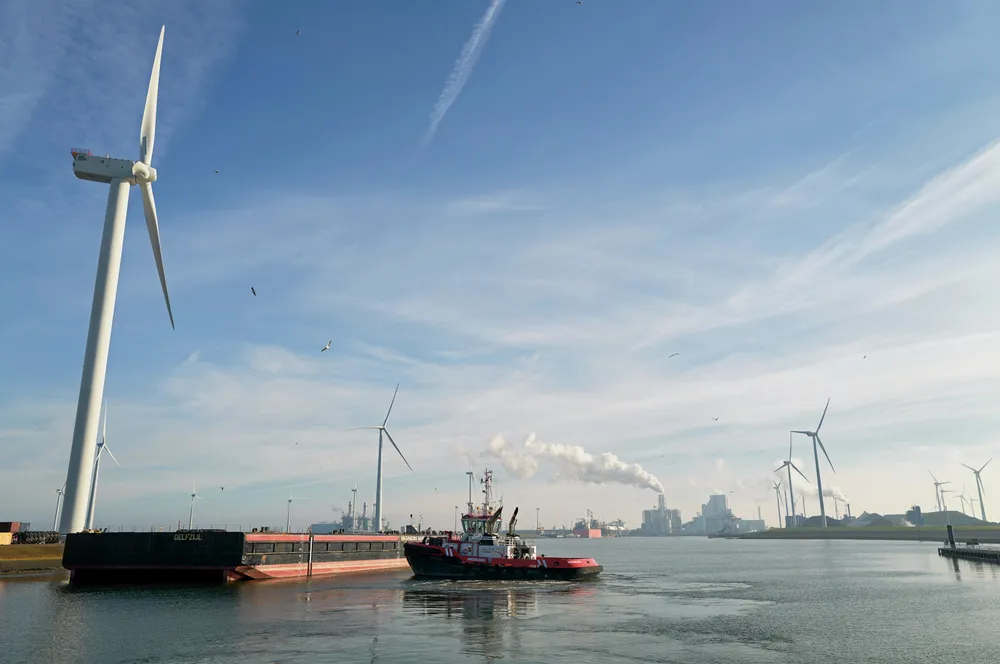Dutch climate subsidy scheme will allocate at least €750m to green hydrogen and other renewable fuels
The next SDE++ round is due to open for applications in September, with bids capped at €400 per tonne of CO2 avoided

The next SDE++ round is due to open for applications in September, with bids capped at €400 per tonne of CO2 avoided
